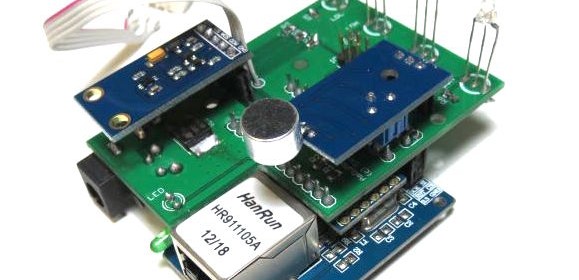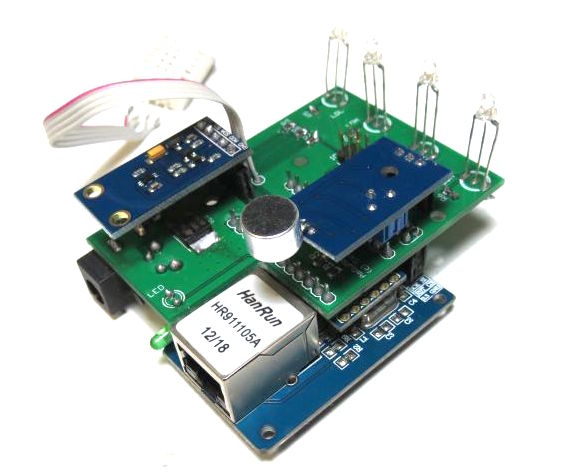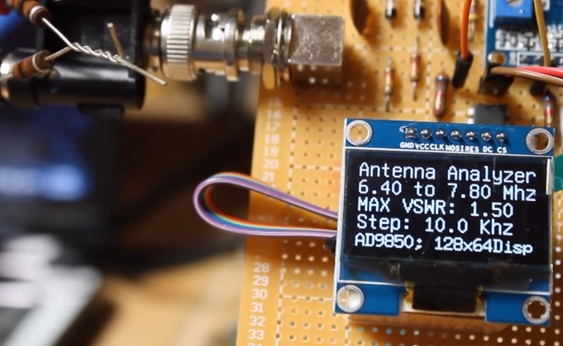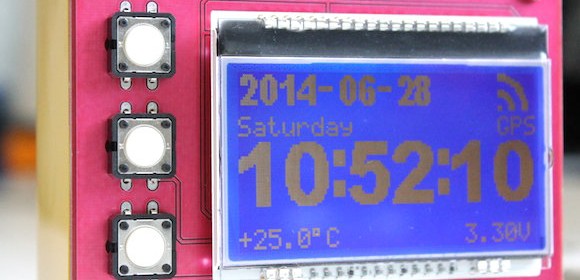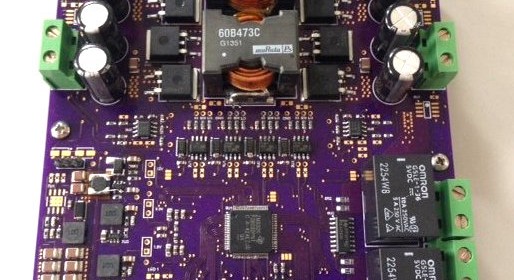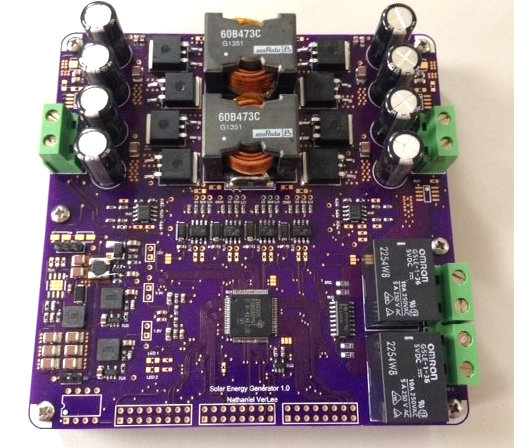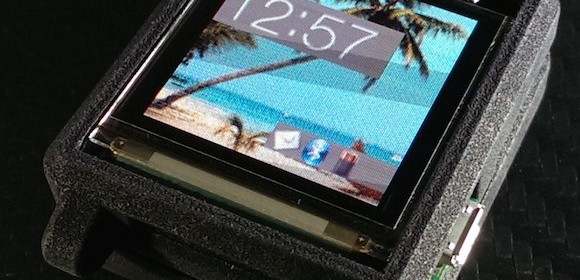Walltech Smartwatch is a bluetooth 4.0 enabled fitness-tracking smart watch designed by John Wall for Android+iOS with a 1.5″ color OLED display, SD card, NFC, wireless charging, and precision IMU.
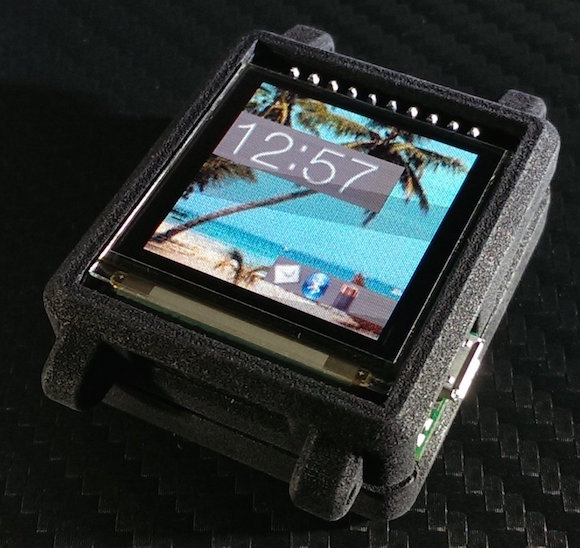
Walltech Smartwatch
You may have seen any of the smart watches on the market today and thought, “that’s way too expensive,” or “I wish this feature was customizable,” or “darn, I need an android phone for that.” If so, look no further! Sporting a beautiful 1.5″ full color OLED display with micro SD card slot, QI charging, NFC, altimeter, thermometer, compass, gyroscope, accelerometer, pedometer, and full Android/iOS bluetooth 4.0 low energy capability for receiving phone notifications, my Arduino compatible smart watch does it all. Ever wanted a smart watch that you could customize to the core? Use with Android and iOS? Build yourself? Trust is fully open source? My name is John Wall, I’m 16 years old, and from the experience I’ve gained building my previous generation OLED watch, I have set out on an engineering journey, determined to build my own smart watch, the best smart watch.
